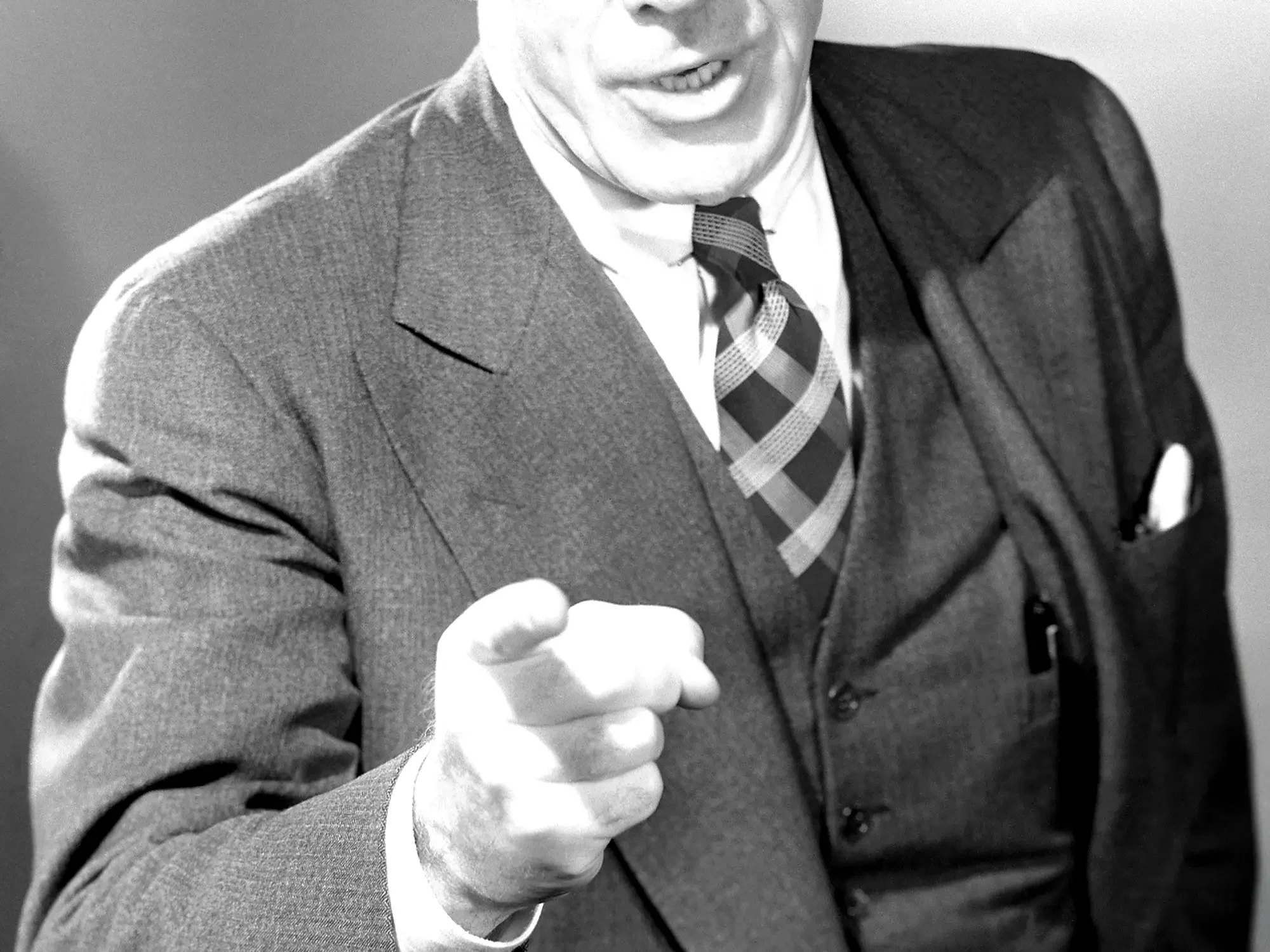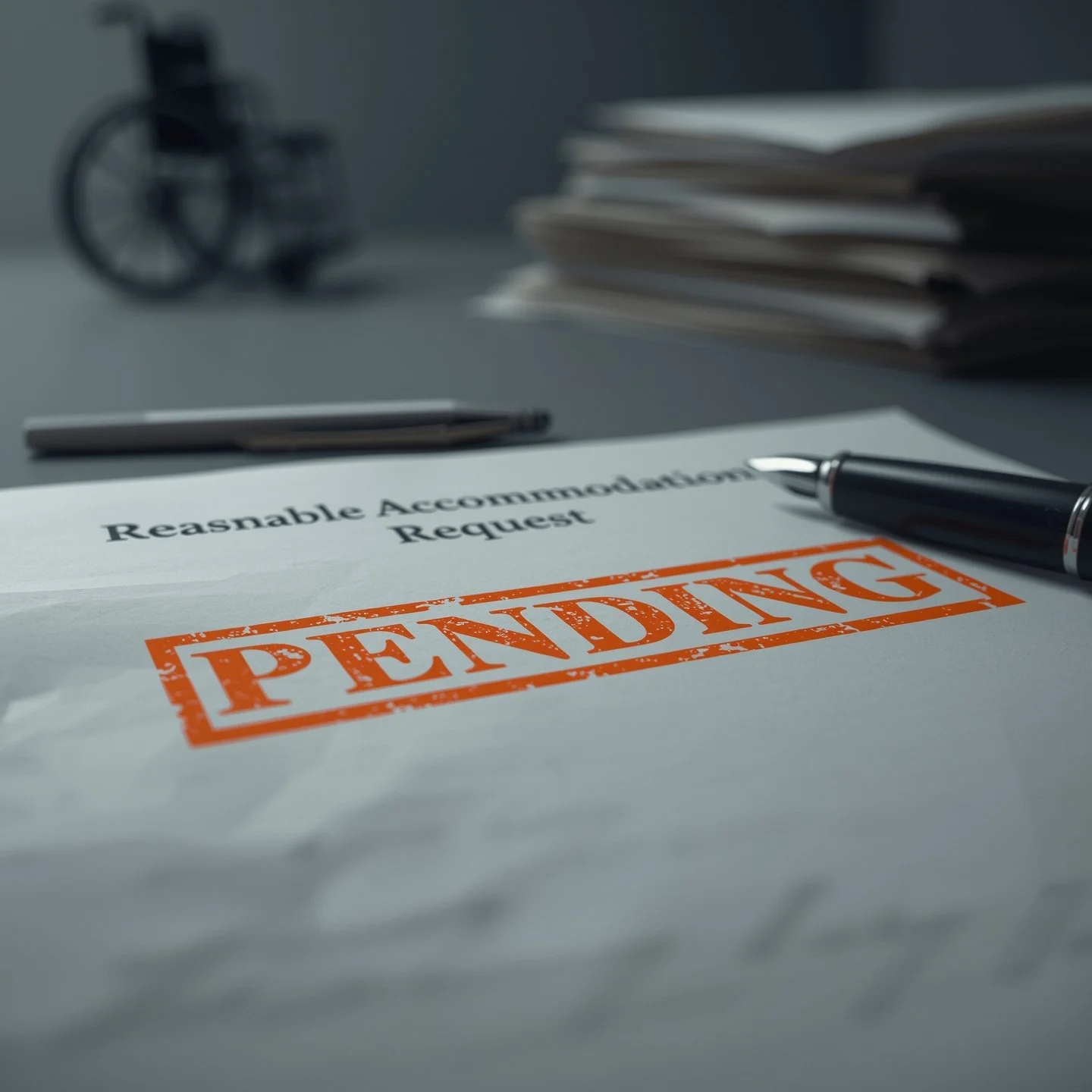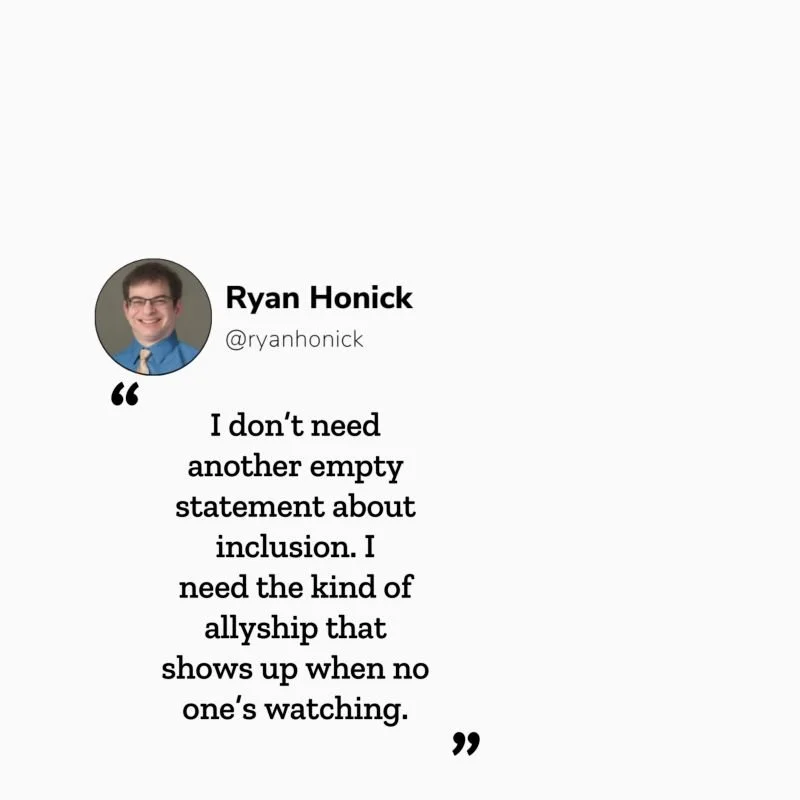A large robotic hand lifts a small human figure in a suit by the back of his jacket and drops him toward a wire wastebasket filled with crumpled paper. The background is a flat bright blue.
Everywhere I look, people seem afraid of becoming irrelevant thanks to AI.
Disabled people know that feeling better than anyone. We've lived in that tension our entire lives. Alice Wong called us the oracles. She was right. We learned to read the world differently because the world was never built with us in mind.
AI can close the gap or blow it wide open. I see signs of both already.
On one hand, technology has always been the thing that lets me move through a world that was not designed for my body or my needs. Uber, Instacart, Amazon, remote work, every one of these tools expanded my independence. AI has joined that list. It sharpens my thinking, helps me get unstuck, and pushes me to see ideas from angles I might have missed. It never replaces my judgment, but it challenges me in a way that feels useful.
While the tools have improved, the system around them has not. Disabled unemployment is at 8.7%, still nearly twice the national average according to the latest jobs report from the Bureau of Labor Statistics. That's partially due to AI-driven hiring systems screening out candidates before a human ever sees a résumé. Systems built on training data that rarely includes disabled people. They are shaped by teams who often do not understand disability, workplace bias, or accessibility in practice. When the ground shifts, we tend to be the first ones hit.
I want people to understand that AI is neither miracle nor menace. It is a force multiplier amplifying whatever framework you build around it. If the framework is inequity, then inequity scales. If the framework is access, then access grows.
The real danger is creating the future of work without the people who need these tools the most.
What are you noticing in the workplace as AI becomes part of your workflow?










